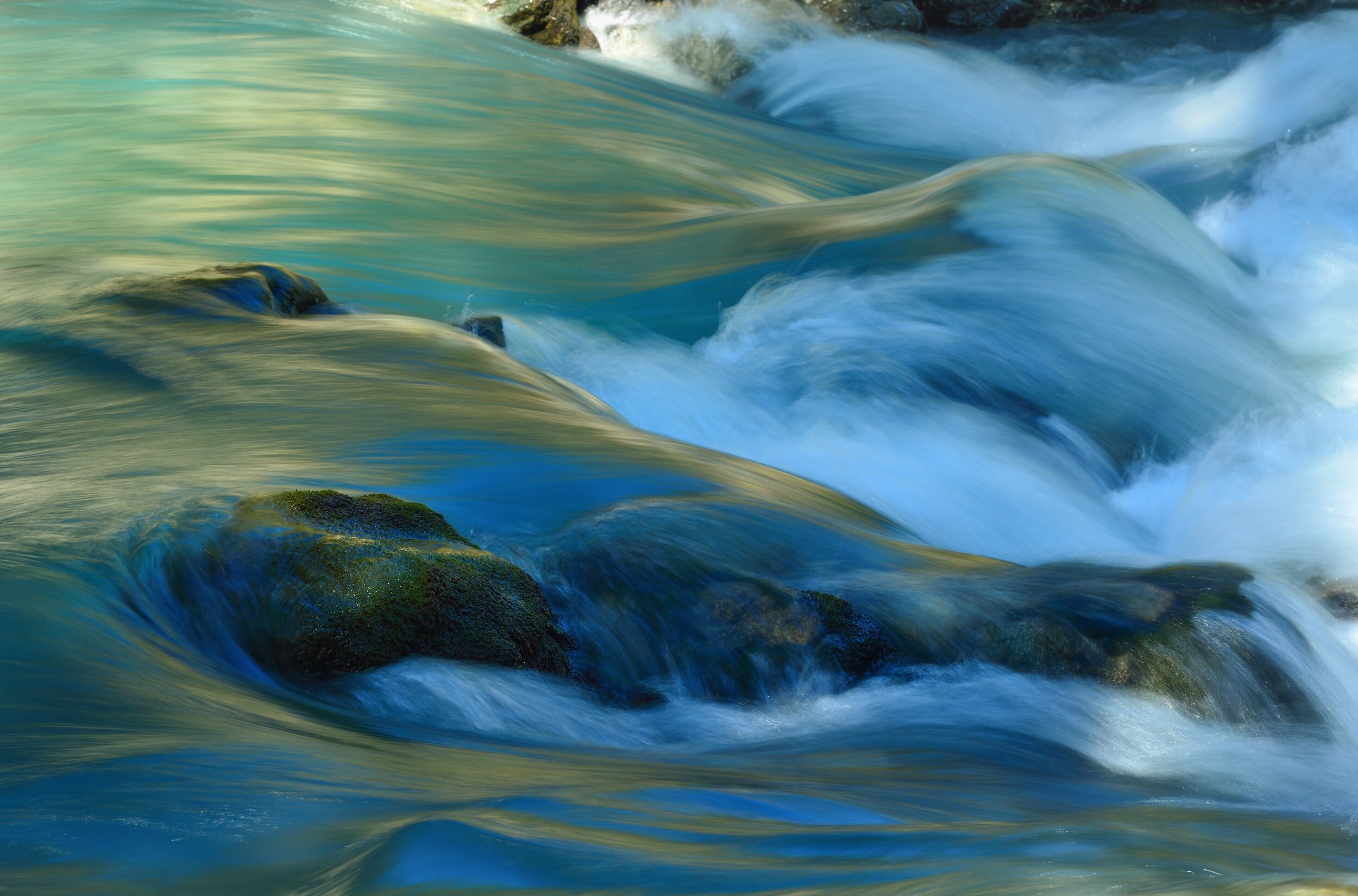
Does water conservation benefit the environment?
A survey commissioned by TRT in 2018 confirmed that people conserve water with the expectation their actions will benefit the environment. But does it?
It can, but only if regulations are in place that require dam operators to release enough water to protect the environment. Currently, required flows on the Tuolumne are governed by baseflows – a minimum amount of water that must be left in the river. These baseflows are woefully inadequate, and can lead to lethal water temperatures that kill fish. Water agencies often release only enough water to meet their legal obligation, unless they’re fairly certain their reservoirs will fill by the end of the wet season.
As shown by the graph below, between 2012 and 2016 (five years), the Modesto and Turlock Irrigation Districts and SFPUC released an average of only 12% of the Tuolumne’s unimpaired flow between February and June, which are critical months for baby fish. Then, in 2017, the Tuolumne’s reservoirs filled quickly, and the water agencies had to “dump” the maximum amount of water allowed by flood protection rules from early January into the summer. Unimpaired flow in 2017 was 79%. The Tuolumne experienced one excellent year at the expense of five terrible years.
Source: The Bay Institute
The water we conserved during the recent drought was simply impounded behind dams, and the Tuolumne suffered terribly. Had the Bay Delta Plan been in effect, unimpaired flow would have been 40% in each year between 2012 and 2016, and all the reservoirs still would have filled in 2017. You can see that the pattern has repeated throughout the years.
To guarantee the water we conserver benefits the environment, the State Water Board must implement the Bay Delta Plan.

